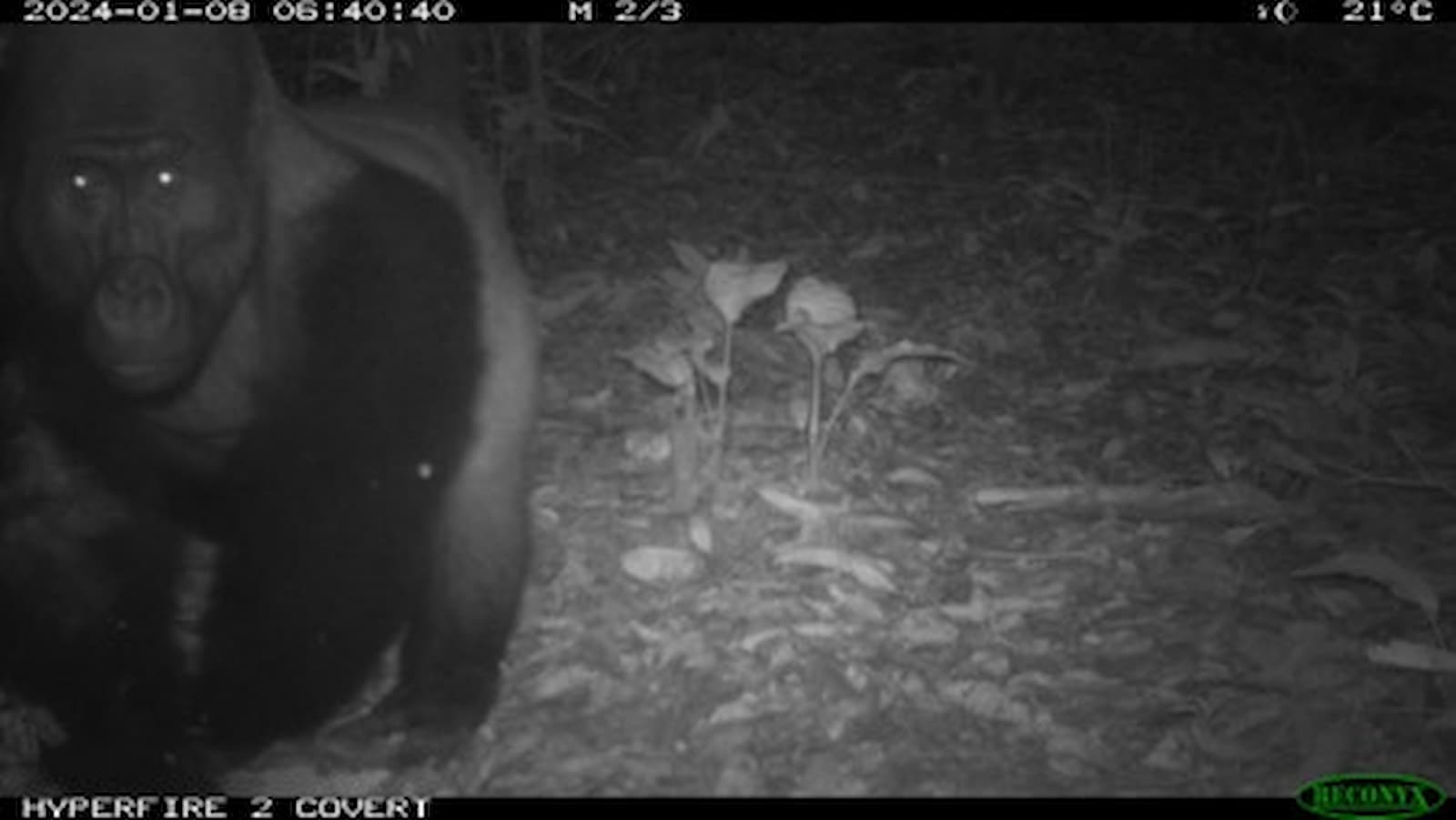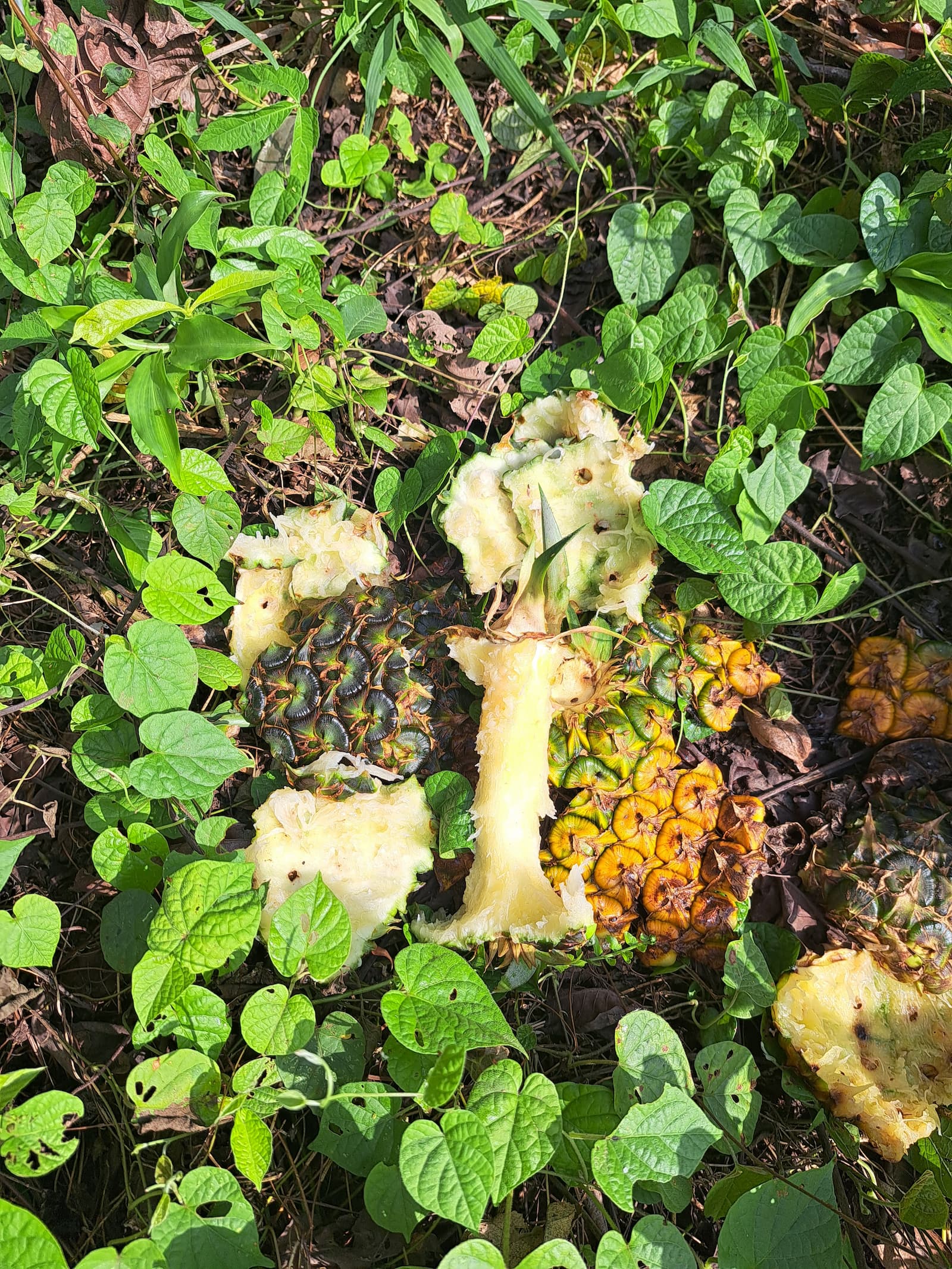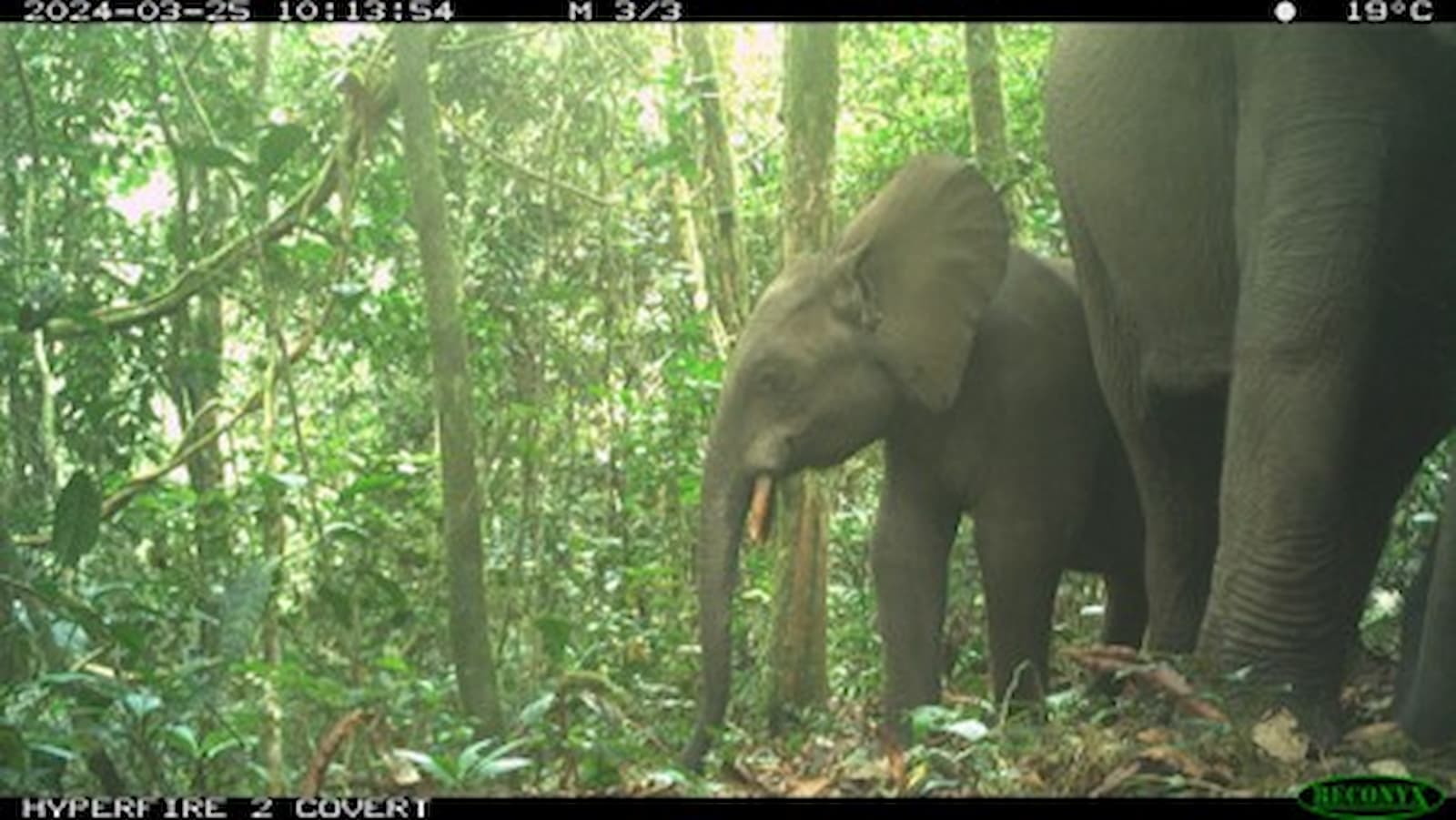
A journey through our conservation projects: part one
Posted on: 16 July, 2025
At Bristol Zoological Society, we have an amazing team of experts in conservation, animal welfare, animal husbandry and education, who all share a passion for delivering our purpose and mission of ‘Saving Wildlife Together.’
As an organisation, we're working hard to care for animals at Bristol Zoo Project , as well as those that live in the wild. Our main focus is to conserve and protect species now and for the future, and thanks to our expert teams both in the UK and further afield, we are seeing the positive impact of our conservation efforts.
These individuals, who work with our partners across the world, are crucial in the running of conservation projects, as well as delivering higher education lectures to future conservationists. As part of our mission, we direct 20 field conservation projects across nine countries. This work is reflected in the species we care for, from Critically Endangered blue-eyed black lemurs to Critically Endangered turquoise dwarf geckos.
At Bristol Zoological Society, we are also working towards redefining what a zoo should be in the 21st century. At Bristol Zoo Project, we have a unique opportunity to interweave visitor experience, conservation fieldwork and research, conservation breeding programmes, education and medicine, within a wild and diverse landscape in South Gloucestershire. All of this works in harmony with, and helps to fund, our crucial in-field conservation and higher education offering.
In this series of blogs, we will introduce you to some of the species, explore the threats they face in their natural habitats, and give you an insight into the work we're doing to help protect wildlife.
Critically Endangered western lowland gorillas in Equatorial Guinea
 Historically, Bristol Zoological Society is famous for working with gorillas, and they were one of the first species it cared for. Our current troop of Critically Endangered western lowland gorillas will be moving to their new African Forest habitat at Bristol Zoo Project this year. It is four and a half times bigger than their current home at the former Bristol Zoo Gardens.
Historically, Bristol Zoological Society is famous for working with gorillas, and they were one of the first species it cared for. Our current troop of Critically Endangered western lowland gorillas will be moving to their new African Forest habitat at Bristol Zoo Project this year. It is four and a half times bigger than their current home at the former Bristol Zoo Gardens.
In the wild, we have been collaborating with in-country partners in Monte Alén National Park, Equatorial Guinea, on several projects aimed at protecting the species. This includes installing over 30 camera traps across the park to monitor the presence of gorillas and provide information on their movements and activities. Through this monitoring, we can also determine the gorillas’ proximity to people and whether they are searching for food outside of protected areas, so we can better inform our actions to protect them. Cameras in the forest can tell us more about the biodiversity of the protected area in general and we can use the pictures and videos to tell people about it.
 A pineapple foraged by a gorilla in Monte Alén National Park
A pineapple foraged by a gorilla in Monte Alén National Park
Crop-foraging is a significant issue for communities living near the boundary of Monte Alén National Park. As deforestation continues to increase in the country, animals that rely on the forest for food are more likely to turn to unprotected farms for sustenance. Although most of the blame for crop damage is usually placed on African forest elephants and cane rats, reports suggest that gorillas also forage on farms, and our camera trap videos show that this is certainly true for chimpanzees.
Increasing human-wildlife contact can create negative public perceptions and even lead to retaliatory killing of certain species. When working on human-wildlife coexistence, it is vital to fully understand the community’s perceptions of the wildlife. That's why we conducted 150 interviews in 15 villages around the park, where we asked people for their views on gorillas and where they thought they should exist. We found that perceptions of gorillas were generally more positive than other crop-foraging species, and people were content for them to exist as long as they stayed inside the park. This suggests that there is hope for peaceful coexistence, particularly if gorillas can be kept at a safe distance from communities.
Critically Endangered African forest elephants in Equatorial Guinea
 Critically Endangered African forest elephants live in the dense tropical forests of sub-Saharan Africa, and it's thought that only around 150,000 are left in the wild, mainly due to the unprecedented increase in illegal hunting, habitat loss and human-wildlife conflict.
Critically Endangered African forest elephants live in the dense tropical forests of sub-Saharan Africa, and it's thought that only around 150,000 are left in the wild, mainly due to the unprecedented increase in illegal hunting, habitat loss and human-wildlife conflict.
Crop foraging causes significant tension between humans and elephants in Monte Alén National Park and has led to the retaliatory killings of elephants in this area. We're working with local communities to try to find ways for people and elephants to co-exist peacefully. Thanks to support from the Elephant Crisis Fund and the Fraxinus Charitable Trust, we're trialling different types of fences to keep elephants out of farms. This includes using “smelly elephant repellant” – a mixture of chilli, elephant dung, rotten eggs and other smelly ingredients, first developed in Uganda to mitigate elephant crop foraging. We’re also using beehive fences, a method which has been successful in other countries, and can provide additional income for farmers through honey.
Our other human-elephant coexistence project, funded by GEF-7 and administered by the IUCN, has involved training community members to be “Rapid Response Units”, responsible for reacting to elephants entering crop fields and using equipment such as horns and flashing lights to deter elephants away from farms and back into the forest. This project also involves working with local communities to understand their needs and preferences, as well as providing practical hands-on training on methods that could prevent crop-foraging through the use of simple, locally available materials.
By working closely with local communities, we are building capacity for future conservation action, and feedback so far on elephant fences is that they are perceived to be effective.
 As a charity, we work to advance the public’s understanding of wildlife and the natural environment, encouraging everyone to play a part in protecting wildlife now and for the future. We believe conservation zoos have a central role in not only protecting, but also preventing the extinction of threatened species, as well as educating communities.
As a charity, we work to advance the public’s understanding of wildlife and the natural environment, encouraging everyone to play a part in protecting wildlife now and for the future. We believe conservation zoos have a central role in not only protecting, but also preventing the extinction of threatened species, as well as educating communities.
At Bristol Zoo Project, we are currently building a new African Forest habitat, which will be the new home for our troop of Critically Endangered western lowland gorillas, alongside Endangered cherry-crowned mangabeys, as well as Critically Endangered slender-snouted crocodiles, Endangered African grey parrots, and several extremely threatened species of West African freshwater fish.
African Forest has been designed to closely reflect their natural habitats, including a natural forest canopy that reflects the dense forests of Equatorial Guinea.
 We are raising the vital funds needed to support the creation of African Forest, the new home for our gorilla troop and other key endangered African species, You can find out more about the appeal, donation rewards and the African Forest development here.
We are raising the vital funds needed to support the creation of African Forest, the new home for our gorilla troop and other key endangered African species, You can find out more about the appeal, donation rewards and the African Forest development here.

